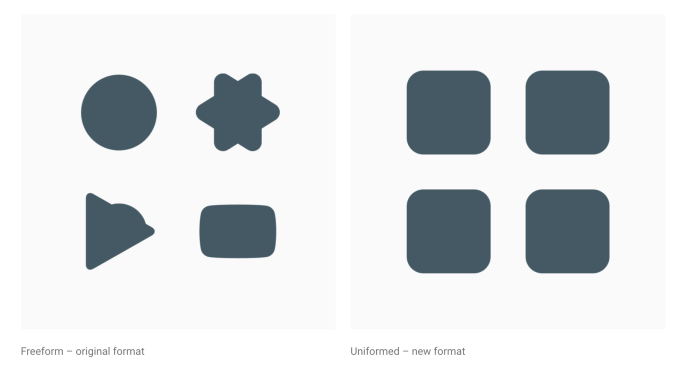Amazon, which has invested over $6 billion in India’s growing internet market, just invested a little more as it moves to expand its presence in the country’s brick and mortar space that drives much of the sales in the nation. The U.S. e-commerce giant is acquiring a 49% stake in Future Coupons, a group entity owned by India’s second largest retail chain Future Retail, the latter said in a regulatory filing Thursday evening (local time).
An Amazon spokesperson told TechCrunch the investment would “enhance Amazon’s existing portfolio of investments in the payments landscape in India.” The spokesperson added, “Amazon has agreed to invest in Future Coupons Limited, which is engaged in developing innovative value-added payment products and solutions such as corporate gift cards, loyalty cards, and reward cards primarily for corporate and institutional customers.”
Financial terms of the deal were not disclosed.
“Pursuant to these agreements, Amazon has agreed to make an equity investment in Future Coupons Limited for acquiring a 49% stake comprising both, voting and non-voting shares. As part of the agreement, Amazon has been granted a call option,” Future Retail said in a filing (PDF) to the local stock exchange.
As part of the agreement, Amazon has the option to “acquire all or part of the promoters’ shareholding in Future Retail Limited” between the third and tenth year in “certain circumstances, subject to applicable law.” Future Coupons owned about 7.3% stake in Future Retail as of early this year, according to past regulatory filings.
“The Promoters have also agreed to certain share transfer restrictions on their shares in the Company for same tenure, including restrictions to not transfer shares to specified persons, a right of first offer in favor of Amazon, all of which are subject to mutually agreed exceptions (such as liquidity allowances and affiliate transfers). The transaction contemplated above is subject to obtaining applicable regulatory approvals and customary closing conditions,” Future Retail added.
Amazon has been reportedly looking to acquire as much as 10% stake in Future Retail, which operates over 2,000 stores, including “Big Bazaar” retail stores, across 400 cities in India. Bloomberg reported earlier this month that Future Retail was seeking a valuation of about $281 million for selling stakes in the firm.
Future Retail runs a wide swath of retail brands in India, covering a range of things from grocery, perishables, electronics to fashion apparels. On Thursday, Amazon India announced it was launching Amazon Fresh in parts of Bangalore. Amazon Fresh is currently offering 5,000 kinds of items including fresh fruits, vegetables, meat as well as some items from home and personal product categories.
According to earlier media reports, the company is also in talks to acquire more than 25% stake in Reliance Retail, the largest retail chain in the country. Brick and mortar stores continue to drive much of the sales in the country. Amazon also owns stake in Indian supermarket chain More, and department store chain Shopper’s Stop.
“One thing to keep in mind is that e-commerce is a very, very small portion of total retail consumption in India, probably less than 3%,” said Amit Agarwal, manager of Amazon India, in an interview this week.
Earlier this week, Amazon opened an office in Hyderabad to house over 15,000 employees, thereby making it the company’s biggest campus globally.
India has become the latest battleground for American giants Amazon and Walmart. Amazon India competes with Flipkart, which currently leads the e-commerce market in the nation. Last year, Walmart acquired a majority stake in Flipkart for $16 billion. Like Amazon, Flipkart has also made it no secret that it wants to expand into grocery and other categories.
Both Amazon India and Flipkart took a hit earlier this year in India after New Delhi government enforced some regulatory changes to the way e-commerce conduct business in the country. The changes were largely structured to help local companies.
Amazon India’s Agarwal urged the government to relax the regulatory pushes. “There is so much opportunity to just let e-commerce thrive versus trying to define every single guard rail under which it should operate. I feel e-commerce can actually accelerate India’s economy in a big way, if it’s just allowed to thrive,” he told Reuters.
Source: Tech Crunch



 fans: The music section has moved, but don’t fret, it should only make your jam sesh easier.
fans: The music section has moved, but don’t fret, it should only make your jam sesh easier. 

